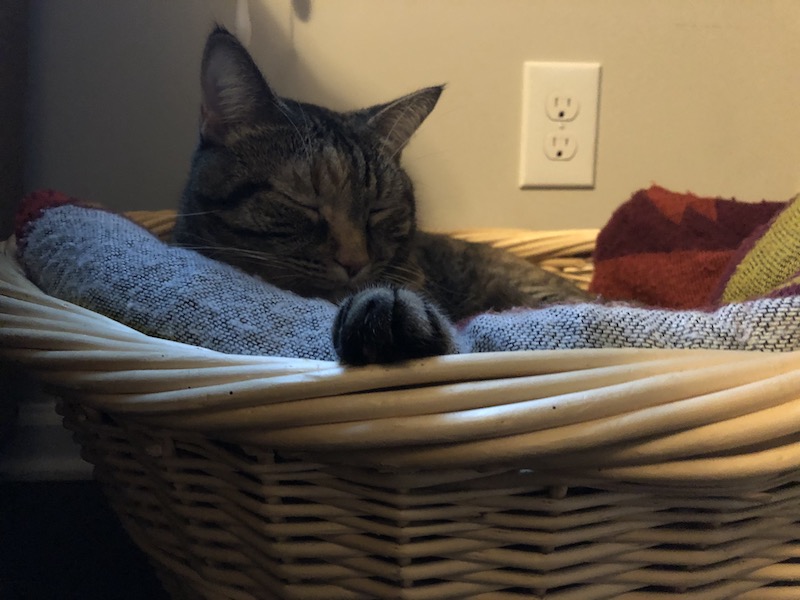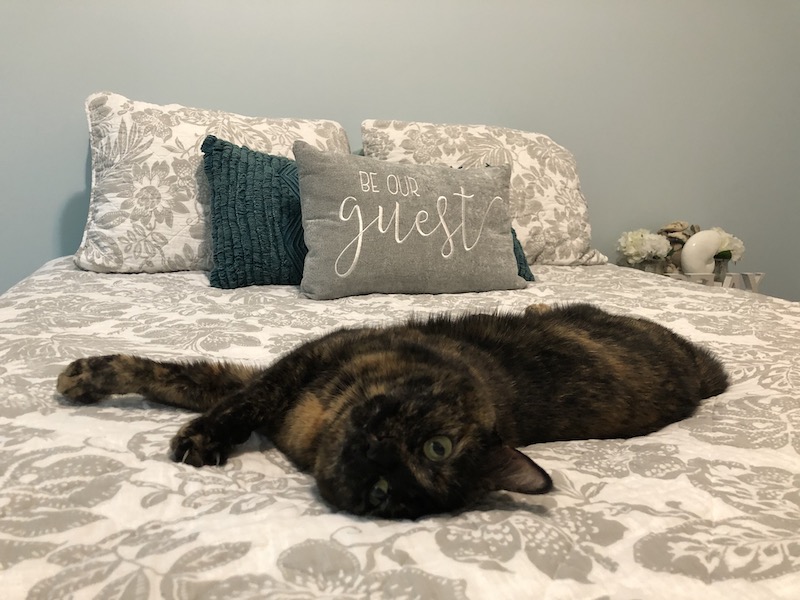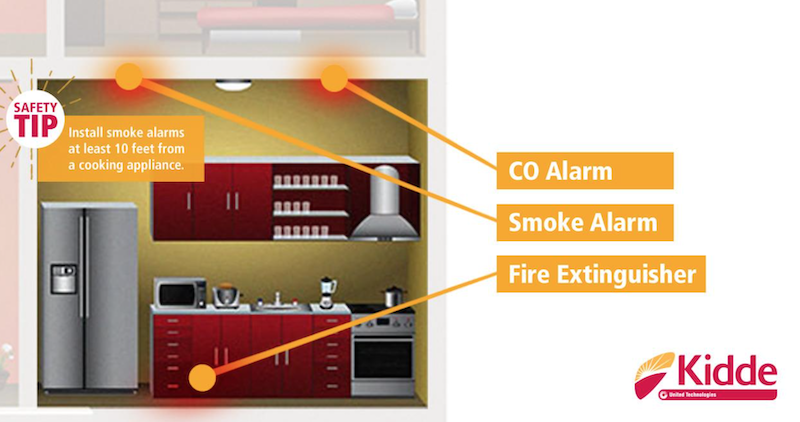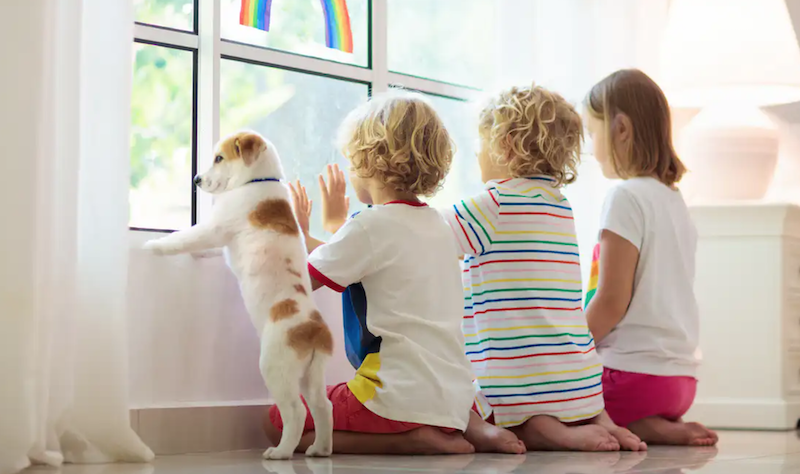Here at the Art of Fatherhood I focus on my journey of being a dad. I focus on my family on this site as well as my podcast. My family consists of my wife, my two daughters and two cats. So when we look to protect everyone in our house that includes our pets. I recently found out that September 17th is the first-ever National Pet Carbon Monoxide Safety Day. This day raises awareness on the dangers of carbon monoxide poisoning and how it can affect our pets. The day is a reminder to practice important safety tips and learn about the dangers of carbon monoxide. I spoke with Fire Safety Educator, Sharon Cooksey on how to make sure that no one is affected by carbon monoxide in your house including your pets.
You can listen to my interview with Sharon.
What To Know And What To Do
In speaking with Sharon and doing my own research on carbon monoxide I have found that you should have more than just one carbon monoxide detector in your house. Depending on the size of your house you will need to find the right amount of detectors. It’s Kidde’s mission to protect all members of your family. That means whether they have four legs, or two. Like all members of the family, pets are just as susceptible to the dangers of CO. But, some pet owners may not know how to spot the symptoms. According to a recent survey, 53 percent of pet owners in the U.S. aren’t confident they could identify the symptoms of CO poisoning in their pets.

Chatting with Sharon I learned that CO can affect pets differently than us humans. Common causes of CO poisoning in pets include things like nausea, vomiting, difficulty breathing, or dizziness, among others. If your alarm sounds or you suspect CO in your home, call your vet or 911, and remove your pets immediately.
An Ounce Of Prevention Is Worth A Pound Of Cure
It is easier to stop something from happening in the first place than to repair the damage after it has happened. In this case I am talking about damage to your family’s health and safety. Why not take the necessary steps to make sure your family is safe from carbon monoxide. CO can travel anyone in the home even through drywall! So it’s best to install CO alarms on every level of the home, and outside sleeping and living areas.

My dad taught me that you should always change your smoke alarms when you change your clocks in the fall and spring. But what about the detectors? When should they be replaced? Talking to Sharon I found that you should replace them every ten years. Plus, don’t just wait for the beep. Carbon monoxide is produced by any appliance not powered by electricity. So have appliances checked regularly to insure they are properly installed and not malfunctioning. Also, never use generators or gas grills indoors or run any fuel-burning appliances in an enclosed garage, even with the door open.
Now It Is Time For Action
I hope that you learned a bit more on carbon monoxide and how you can protect your family. Now is the time for some action with that knowledge. Make sure you go to Kidde’s website at kidde.com for more on their safety programs and products. Be sure to think about your pet’s safety each and every day, but especially on September, 17th which Kidde named Pet Carbon Monoxide Safety Day.

(Please note: I teamed up with Kidde Safety for this post, but my thoughts are my own.)


Arthur,
Great timing on an important topic. As we get closer to Winter here we’ll be using more combustion-type methods of heating, (oil furnace, wood stove, etc.)
Lucky for us, most CO/Smoke detector units come with sealed Lithium batteries good for around 10 years. With these units I typically write the date I installed it on the back so I at least know how long it’s been up.
I also like to splurge on the higher end units with digital readouts for areas like our family room with a woodburning stove and our utilities room where the oil furnace resides. I like the ability to see “live” data – it also logs the last “high” reading so I can see if something happened while we were away.
Thanks.
Thanks for checking out the article, Jay. I am glad you enjoyed the article. I also appreciate you sharing what you do in your house. Sound like you are making sure your family is safe!
It’s what us Dad’s do!